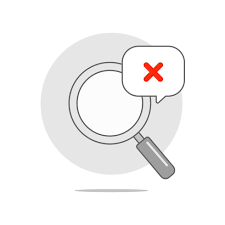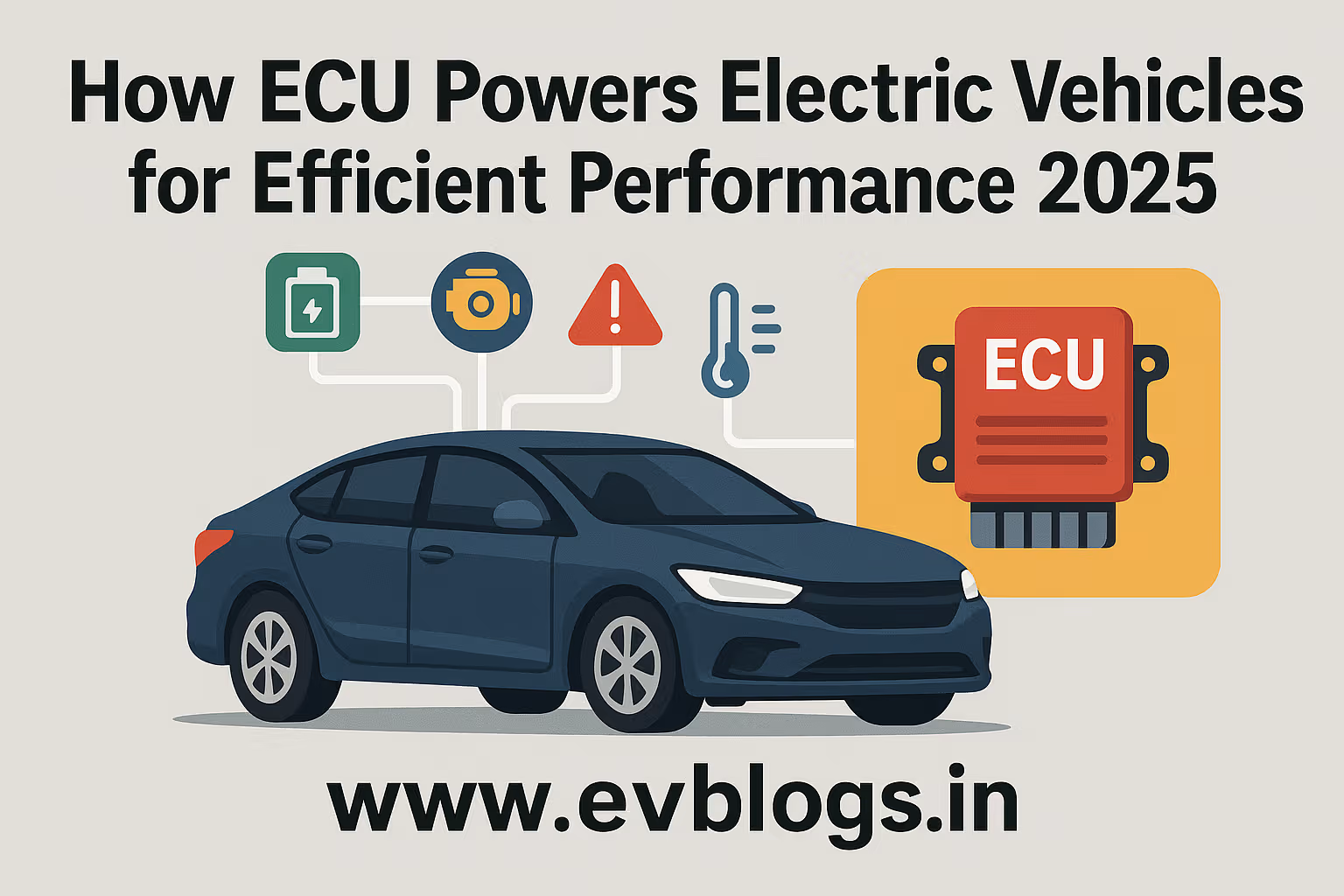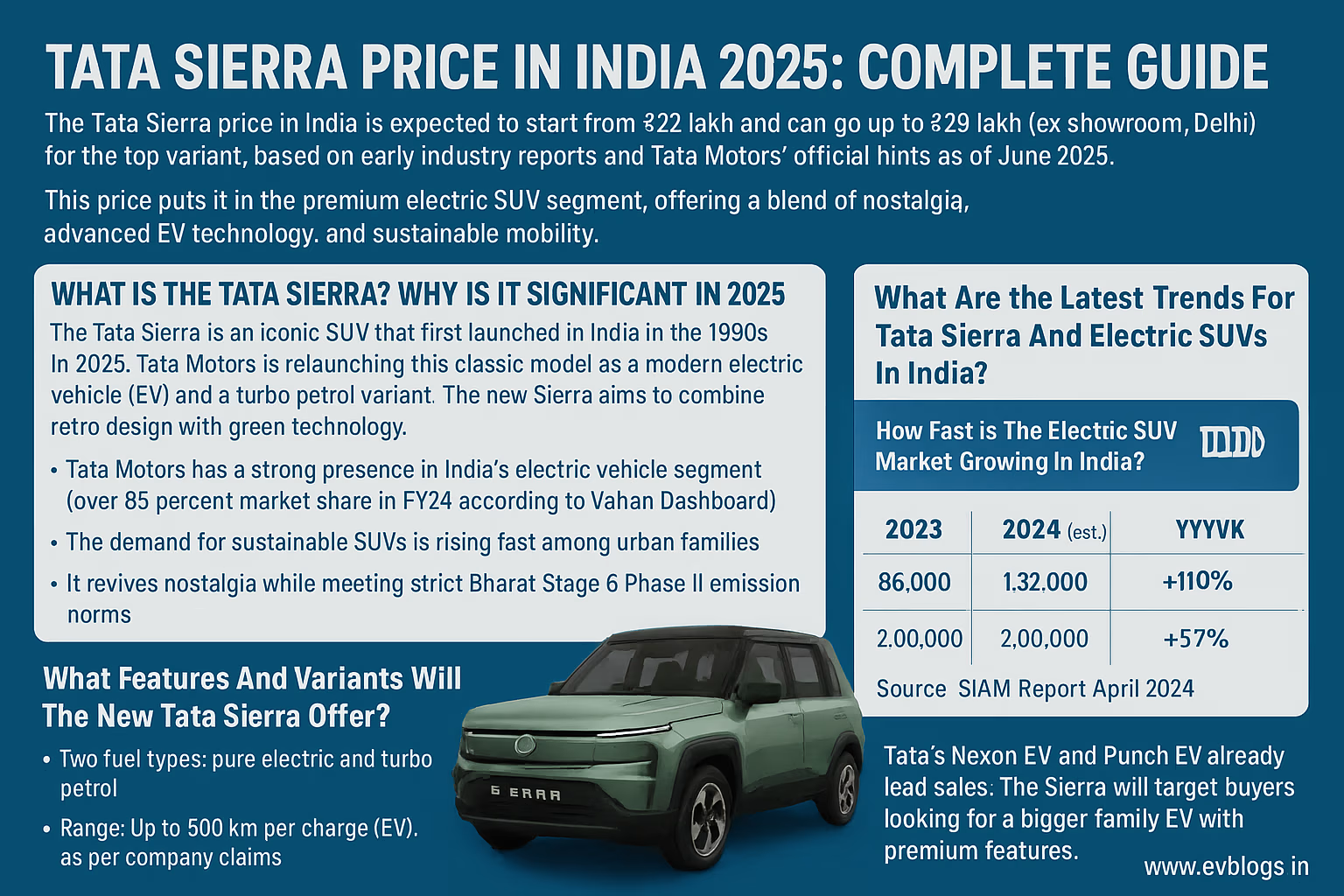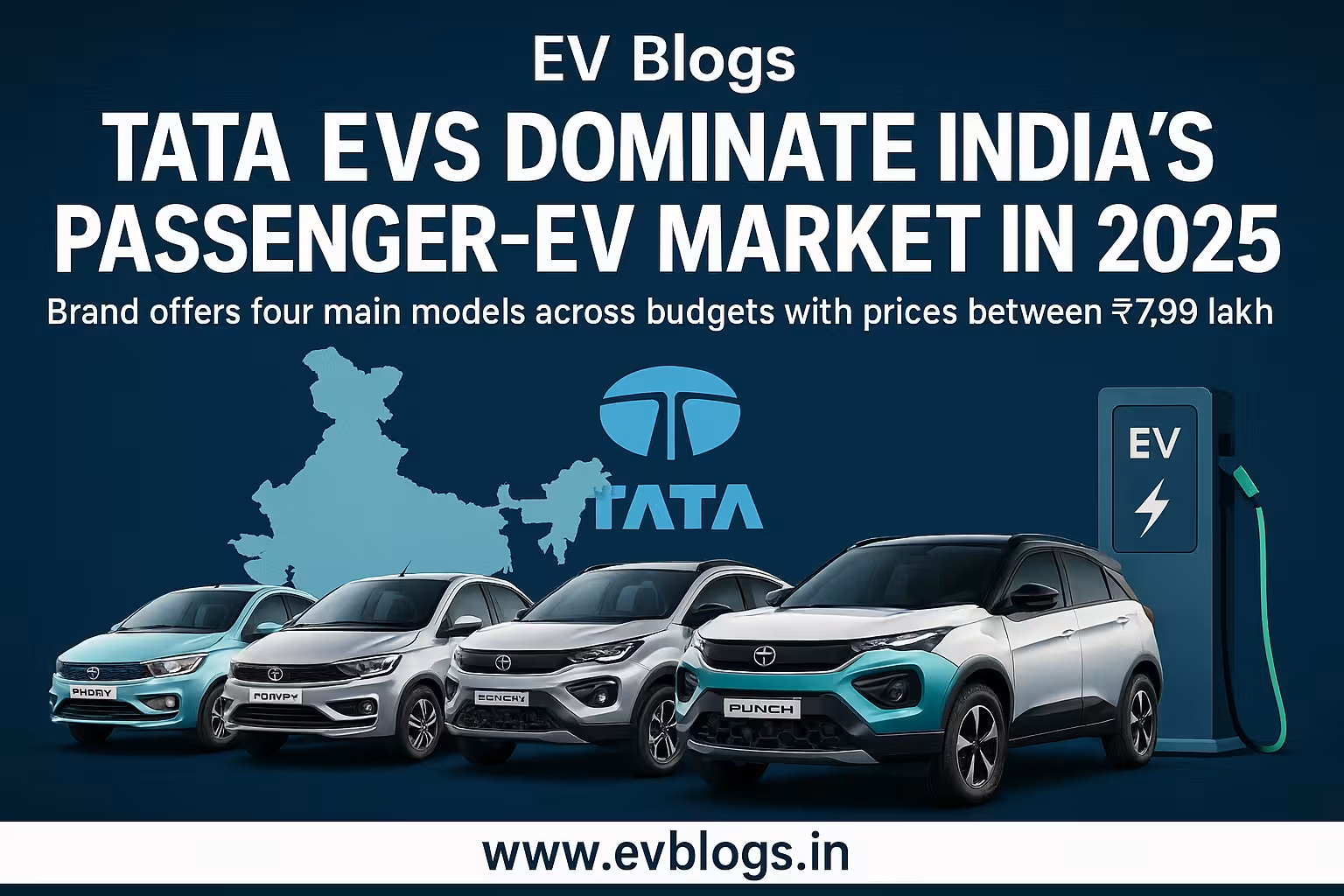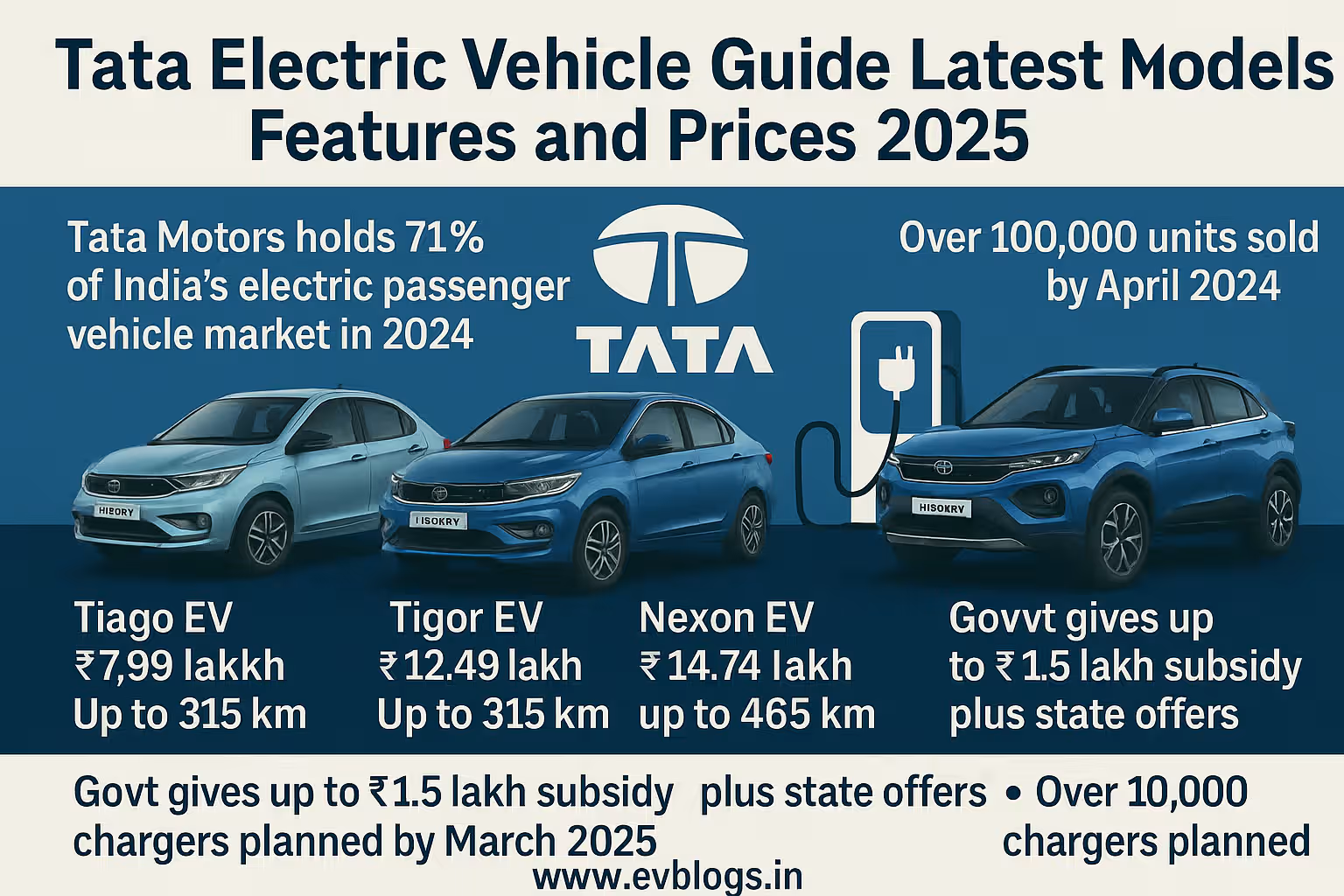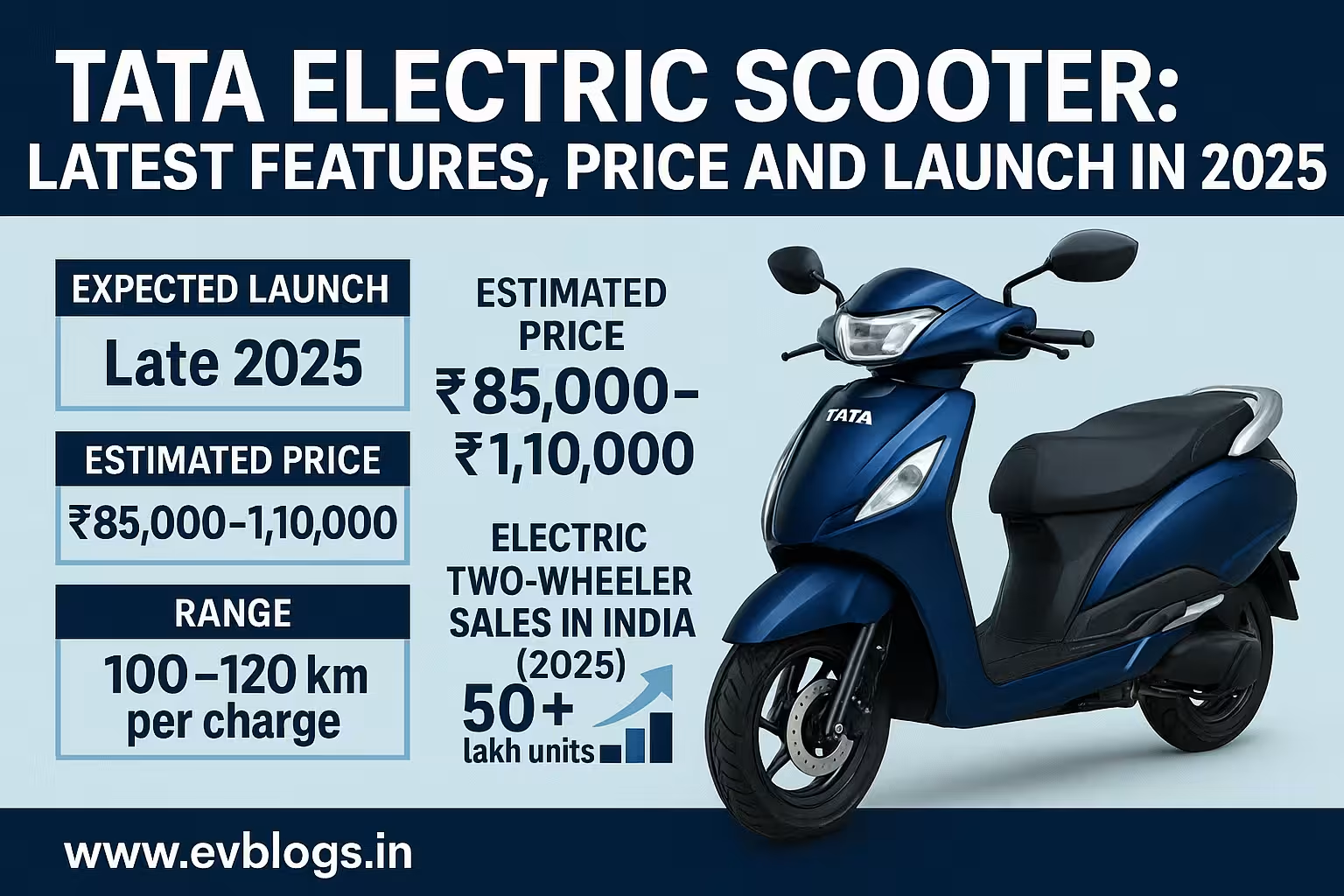Hedhvick Hirav
Hedhvick Hirav is a dedicated EV researcher and editor with over 4 years of experience in India’s growing electric vehicle ecosystem. Their contributions have been recognized in leading sustainability publications and automotive journals.
Summarize & analyze this article with
Choose an AI assistant and open this article directly:
Tip: if the AI doesn’t fetch the page automatically, paste the article URL manually.
What is an EV Subsidy Eligibility Tool and Why Do You Need One in India?
Are you thinking about buying an electric vehicle (EV) in 2025 and wondering if you can get a subsidy from the government? You are not alone! As the Indian EV market is growing fast, both Central and State governments are offering attractive incentives, including subsidies, to make EVs more affordable. But figuring out if you qualify can be confusing. This is where an EV Subsidy Eligibility Tool becomes super helpful.
An EV Subsidy Eligibility Tool is an online calculator or resource that helps you quickly check:
- If your chosen EV model is eligible for government subsidies.
- If you, as the buyer, meet the criteria based on your location, usage, and type of vehicle.
- How much subsidy you can claim under different schemes like FAME II (Faster Adoption and Manufacturing of Hybrid & Electric Vehicles) and State-specific policies.
Here’s why you really need one for your EV decision:
- Saves you time on long research.
- Avoids mistakes that could cost you thousands of rupees.
- Helps you compare multiple vehicles side by side.
- Shows you the latest (2025) policy updates in one place.
Did You Know?
According to the Ministry of Heavy Industries, over 11 lakh EVs have been sold under FAME II in India as of early 2025. Many buyers missed out on subsidies simply because they weren’t aware of specific eligibility rules!
How Does the EV Subsidy Eligibility Tool Work in 2025 for Indian Buyers?
If you’re a first-time EV buyer, you may wonder how these tools operate. In 2025, most eligibility tools are designed to be user-friendly and require just a few details. Here’s a simple step-by-step on how they work:
- You enter your state/location, vehicle type (electric car, two-wheeler, etc.), and preferred model.
- Optionally, you may need to enter your Aadhar, PAN, or other IDs for verification.
- The tool checks:
- If the EV make/model is on the approved government list.
- If you or your company fit buyer criteria (like first-time buyer, fleet operator, etc.).
- If subsidy limit per person hasn’t been crossed in your state.
- The applicable State and Central schemes.
- You instantly see your potential subsidy amount, timelines, and next steps.
This helps you understand – in under 2 minutes – if you can save ₹20,000 to over ₹1.5 lakh or more, depending on your vehicle type and state.
Key Features Offered in 2025 Tools:
- Updated 2025 policy data integrated (FAME II, State subsidies).
- Latest OEM (Original Equipment Manufacturer) compliance checks.
- User stories and support chats in regional languages.
- Options for both personal and corporate/fleet buyers.
Expert Insight
“Real-time integration with State transport portals is the game-changer for 2025 tools, offering instant results on eligibility.” – Raghav Verma, EV Policy Expert
What Are the Latest EV Subsidy Criteria in 2025 in India?
EV subsidies in India are structured on two levels:
- Central Government: Under the FAME II scheme, ongoing in 2025 (recently extended), you get direct benefits on eligible vehicles.
- State Governments: Many states (Delhi, Maharashtra, Gujarat, Tamil Nadu, Kerala, etc.) have extra subsidies.
Your subsidy depends on:
- Type of vehicle (two-wheeler, car, three-wheeler, commercial).
- Battery capacity or kWh rating.
- Ex-showroom price cap.
- Locality/state.
- Number of EVs already bought with subsidy (limit per buyer).
For example, in 2025:
- FAME II gives up to ₹15,000 per kWh for electric two-wheelers, but with a maximum cap of 40% of total vehicle cost.
- Many states offer extra subsidies: Maharashtra gives up to ₹25,000 per car, Delhi offers up to ₹30,000 per two-wheeler.
Checklist – Do You Qualify?
- Your EV is approved under the latest government notified list.
- You have not already availed the same subsidy for another EV in the same category.
- You are using the EV for personal or non-commercial purposes (for some schemes).
- Your vehicle battery and speed match required specifications.
- You reside in the applying state (proof needed for State subsidies).
Did You Know?
In 2025, over 20 official EV models lost their FAME II eligibility because OEMs failed updated localisation norms! Always double-check before buying.
Which EVs Qualify for Subsidies in 2025? (Comparison with Top Models & Brands)
Choosing the right EV for subsidy? Here’s a handy comparison of popular electric vehicles in 2025, their eligibility, and potential benefits:
| Brand & Model | Type | FAME II Eligible | State Subsidy? | Total Subsidy (Approx) | Ex-Showroom Price (₹) | USP in 2025 |
|---|---|---|---|---|---|---|
| Tata Nexon EV MR | 4wheeler | Yes | Delhi, MH | ₹1,50,000 | 14,49,000 | Bestseller, 300+ km range |
| Mahindra XUV400 EV | 4wheeler | Yes | Gujarat, TN | ₹1,40,000 | 15,99,000 | Fast charging option |
| MG Comet EV | 4wheeler | Yes | Karnataka | ₹1,10,000 | 7,98,000 | Compact urban drive |
| Hyundai Ioniq 5 | 4wheeler | Yes | Maharashtra | ₹1,25,000 | 44,95,000 | Luxury, 500km range |
| Ola S1 Air | 2wheeler | Yes | Delhi, Kerala | ₹45,000 | 1,09,000 | India’s #1 scooter |
| Ather 450 Apex | 2wheeler | Yes | TN, KA | ₹43,000 | 1,35,000 | Sporty, Smart features |
| TVS iQube S | 2wheeler | Yes | MH, TN | ₹42,000 | 1,12,000 | Reliable, value-for-money |
| BYD e6 | 4wheeler | Yes | Delhi | ₹1,80,000 | 29,15,000 | Popular in fleets |
| Tata Tiago EV XR | 4wheeler | Yes | Gujarat | ₹1,20,000 | 8,49,000 | Most affordable electric car |
| Hero Vida V1 Pro | 2wheeler | Yes | Delhi, MH | ₹41,000 | 1,29,000 | Detachable battery, range |
In-Depth Details of Models (2025):
- Tata Nexon EV MR: Continues as the top-selling family electric car, eligible for both FAME II and extra state benefits. Known for long range and good service network.
- Mahindra XUV400 EV: Eligible in key states; stands out with larger boot and robust design, but check localization compliance.
- MG Comet EV: Compact car, popular in Tier-1 and 2 cities for easy parking and lower running costs, meets all subsidy norms in 2025.
- Hyundai Ioniq 5: Premium EV with luxury features; eligible for government benefits but pricing above ₹40 lakh reduces subsidy percentage.
- Ola S1 Air: High-volume electric scooter, designed and assembled in India, always on eligible list for both central and state schemes.
- Ather 450 Apex: Performance scooter for tech lovers, frequently updated to match FAME II requirements.
- TVS iQube S: Preferred by urban commuters; meets eligibility due to high localisation and reliable battery specs.
- BYD e6: Gaining traction in corporate fleets and taxi aggregators due to top battery warranty and government incentives.
- Tata Tiago EV XR: India’s most affordable electric car in 2025, meets all FAME II and select state policies.
- Hero Vida V1 Pro: Known for best-in-class detachable battery, giving you flexibility for charging at home.
Expert Insight
Always ask your dealer to show the vehicle’s latest FAME II certificate before booking. Eligibility can change if a model misses compliance.
When Should You Use the EV Subsidy Eligibility Tool in Your Buying Journey?
The right moment to use a subsidy tool is before you finalize your EV purchase. To avoid missing out on hefty discounts, you should:
- Check eligibility for every shortlisted vehicle.
- Compare state-wise offers – subsidies vary a lot!
- Confirm latest approved model/version.
- Cross-check if the dealer is registered under FAME II.
- Ensure you haven’t exceeded your subsidy limit (many states permit only one/two EV subsidies per person).
- Use the calculator right after every budget update – subsidy policies change almost every year.
Pro Tip:
If you are buying in the name of your company, do an extra round of checks since fleet subsidies and GST treatment may differ in 2025.
Did You Know?
A Delhi-based buyer in April 2025 almost lost ₹1 lakh in state subsidy because the dealer didn’t have the updated approval! The online tool flagged this instantly, saving the customer a major loss.
Why Do EV Subsidies Matter So Much for Indian Buyers in 2025?
With petrol and diesel prices soaring in 2025, EVs are in high demand. Subsidies make EVs significantly more affordable by:
- Reducing initial purchase price by 10–20% in many cases.
- Making higher-end models accessible due to better financial deals.
- Supporting small businesses and startup fleets looking for zero-emission vehicles.
- Encouraging sustainable transport and helping India reach its 2030 net-zero targets.
For an average Indian two-wheeler buyer:
- A ₹1.25 lakh electric scooter, after subsidy, may cost only around ₹95,000 in Maharashtra or Delhi.
- Total ownership cost over 5 years can drop by ₹40,000–₹80,000 compared to petrol models.
For car buyers:
- Effective savings range ₹1 lakh–₹2 lakh with subsidy plus tax exemptions (like road tax waiver in some states).
- Extra benefits from scrapping old ICE vehicles add up.
Expert Insight
By March 2025, buyers who used subsidy eligibility tools reported, on average, a 15% higher satisfaction rate and faster payback compared to those who didn’t.
How Can You Apply for EV Subsidies in India Using the Tool?
Applying is much simpler if you use the tool as a guide. Here’s your workflow in 2025:
- Shortlist your EV using the tool – filter only eligible models.
- Check real-time status – verify compliance and leftover quota for your state.
- Download required documents list – Aadhar, address, purchase invoice, chassis number.
- Book at an authorized dealer/portal – Make sure they are FAME II/state-registered.
- Get the purchase billed with subsidy pre-applied (in most cases).
- Track subsidy status online – Some states credit directly to your account within 90 days; others pass discount at showroom.
Checklist for Successful Application:
- Name matches government ID.
- Complete KYC at dealership.
- Register vehicle in the same state as your subsidy claim.
- Retain ALL original documents for verification.
Did You Know?
In Gujarat, 2025 buyers can get subsidy even for demo vehicles under certain schemes – always check tool’s latest update section!
How Do State Policies Differ for EV Subsidies in 2025?
Indian states have unique EV goals, so their eligibility and subsidy amounts vary. Let’s see the latest (2025) state approaches:
- Delhi: Highest two-wheeler subsidy (up to ₹30,000); full road tax refund till March 2026.
- Maharashtra: Up to ₹25,000 subsidy; scrappage incentive for replacing old vehicles.
- Gujarat: Flat ₹10,000 per kWh for battery (max of ₹1.5 lakh); very friendly for budget buyers.
- Tamil Nadu & Kerala: Extra ₹5,000–₹10,000 for e-scooters; local-make gets bonus points.
- Karnataka: Focus on charging infra – tax breaks, lower RTO fees.
- Telangana: Register EVs at almost zero road tax.
Table for Quick State-Wise Feature Comparison:
| State | Max 2-Wheeler Subsidy | Max Car Subsidy | Extra Benefits | Notice Period for Claims | Special Notes |
|---|---|---|---|---|---|
| Delhi | ₹30,000 | ₹1,50,000 | Full road tax off | 3 months | Popular for low running costs |
| Maharashtra | ₹25,000 | ₹1,20,000 | Scrappage bonus | 2 months | Dealer must be empanelled |
| Gujarat | ₹20,000 | ₹1,50,000 | Registration waiver | 90 days | Flat per kWh incentive |
| Tamil Nadu | ₹10,000 | ₹1,00,000 | Low interest loans | 2 months | Bonus for local brands |
| Kerala | ₹15,000 | ₹1,00,000 | Women riders bonus | 3 months | Easy digital claim process |
| Karnataka | ₹12,000 | ₹1,10,000 | Lower RTO fees | 2 months | Simple online process |
| Telangana | ₹9,000 | ₹1,10,000 | No road tax | 4 months | Buy direct from OEM portal |
| UP | ₹8,500 | ₹80,000 | Priority registration | 2 months | Focus on rural schemes |
| Rajasthan | ₹10,000 | ₹90,000 | Extra for SC/ST | 3 months | Higher for CNG conversions |
| Haryana | ₹7,500 | ₹1,00,000 | GST refund up to 6% | 2 months | Fleet incentives unique |
- Always read the current year’s GR (government resolution) for each benefit. Some states pause or modify programs after annual budget.
Expert Insight
In 2025, subsidy caps and quotas change fast. Delhi usually exhausts EV quota in the first 2 quarters – plan your purchase early!
What Are the Most Common Mistakes Indian EV Buyers Make With Subsidy Eligibility?
Even in 2025, these are the top ways buyers in India miss out on EV subsidies:
- Selecting discontinued or non-compliant models (not on the latest FAME/state list).
- Missing the claim deadline – often 90 days post-purchase.
- Buying from unapproved dealers/portals.
- Providing mismatched or incomplete KYC documents.
- Registering the vehicle in a different state than where you claim the subsidy.
- Overlooking changes in state policy (subsidy cancelled mid-year).
How to avoid these?
- Always use the latest version of EV Subsidy Eligibility Tool.
- Double-check the eligibility immediately before making payment.
- Keep communication with dealer recorded (in case of disputes).
Did You Know?
A 2025 case in Chennai found 57 buyers missed subsidy due to delays in RC (Registration Certificate) processing – using the tool saved time through early warnings.
How Do Real Indian Users Benefit from an EV Subsidy Eligibility Tool? (True Stories & First-Hand Cases)
Meet a few Indian EV enthusiasts who maximized their savings in 2025:
- Sumanth (Bengaluru): Before booking a TVS iQube, he checked the tool, found his locality eligible for Karnataka’s local bonus. Net price dropped by ₹15,000 more than what the dealer offered, thanks to a hidden RTO rebate he would have missed otherwise.
- Anwesha (Delhi): Solo entrepreneur, about to order a Tiago EV from an out-of-state dealer. The tool flagged her car as “not eligible” for Delhi’s state subsidy due to inter-state invoice mismatch. She switched dealer, got ₹1.5 lakh subsidy in full.
- Chirag (Ahmedabad): For his company’s e-rickshaw fleet, he used the corporate section of the tool. Matched model and usage category, unlocked batch incentives for commercial buyers, making fleet transition profitable.
What Users Say:
- “The checklist and update alerts are a lifesaver. The tool even emailed subsidy deadlines, avoided late submission.”
- “I compared Ola vs Ather using the side-by-side tool and quickly filtered out non-eligible variants.”
Common Themes:
- Significant savings by acting on quick eligibility status.
- Avoided complex paperwork.
- Access to real, current subsidy updates – not just static info.
Expert Insight
Most tool users in 2025 report faster delivery and better after-sales support, as eligible vehicles are prioritized by authorized dealers.
How Will Subsidy Eligibility Change After FAME II Ends or Is Modified in India?
FAME II is set to run till 31st March 2025, but the policy is under review, and future incentives may take new forms. Here’s what you, as an EV buyer, should know:
- Eligibility lists can change with every budget.
- Some high-end cars may lose subsidy if new price caps come in.
- State policies will fill any Central policy gaps, but amounts may be lower.
- There are talks of stricter checks on battery sourcing and after-sales service, so documentation and compliance will play a bigger role.
What you should do:
- Always use the subsidy tool right before booking and delivery.
- Opt for well-known brands with a history of compliance to avoid future eligibility shocks.
- Record your application/reference number – newer schemes likely to move fully digital, and you may need to claim refunds/renewals.
- Keep receipts for RTO and GST – future subsidies may leverage these for spot cashback.
Did You Know?
By 2025, EV loader and three-wheeler subsidies may be continued or increased, especially in cities like Mumbai and Delhi, even if FAME II stops.
How to Get the Most Out of EV Subsidy Eligibility Tools in 2025? (Pro Tips and Recommendations)
If you want maximum benefit with minimum hassle, follow these expert-backed steps:
- Use only official or Top 3 recommended tools (listed by NITI Aayog or State EV cell).
- Check for tool updates after every Economic Survey or Union/State budget.
- Bookmark eligibility status dashboard – revisit on delivery day for changes.
- Enable alerts for deadlines, document submission, and verification.
- Register via the tool’s partner dealer/referrer program (sometimes offers extra loyalty bonuses).
- Use the multi-model comparison feature to spot hidden differences in battery capacity, warranty, etc.
Ultimate Checklist for 2025:
- Does your chosen model have FAME II + State approval?
- Is your state’s subsidy quota open?
- Is your Aadhar/KYC info up-to-date and matching your sales invoice?
- Did you confirm the dealer is authorized under both schemes?
- Have you saved/downloaded the eligibility certificate or claim number?
Expert Insight
“The best time to claim subsidies in 2025 is during April–June, just after annual quotas reset. Waiting too late means you risk missing out when funds are exhausted!”
What Is the Final Verdict? Should You Use a Subsidy Eligibility Tool Before Buying an EV in India in 2025?
Yes! If you’re an Indian in 2025 considering an EV, not using a subsidy eligibility tool is like leaving free money on the table. You not only risk losing out on massive savings (₹20,000–₹2 lakh per vehicle) but could also end up navigating unnecessary paperwork, missing deadlines, or even buying an ineligible EV.
Key Reasons to Use the Tool:
- Instantly filter for models that qualify in your region.
- Catch policy changes, missed paperwork, and newer incentives.
- Save significant money and hassle.
- Stay updated with 2025’s fast-shifting subsidy landscape.
- Learn from fellow buyers’ experiences and avoid common pitfalls.
Your Action Steps:
- Plug your shortlisted EV and personal details into a trusted eligibility tool before you pay or book.
- Double-check for every budget or GR update.
- Talk to your dealer about subsidy application methods and get every promise in writing.
- Explore both Central and State offers to maximize your benefit.
Don’t let confusion or a small mistake take away your EV dream savings in 2025 – use the right tools, stay smart, and go electric confidently!
FAQs
Q1. Can I claim multiple EV subsidies for more than one vehicle under my name in 2025?
No, most states and FAME II restrict you to one EV subsidy per buyer per category. Check your state’s current rules using the eligibility tool.
Q2. Is the subsidy amount fixed, or does it change every year?
Subsidy amounts can change with each annual budget. Always check the latest figures through the EV Subsidy Eligibility Tool.
Q3. Can fleet buyers (companies) use these tools for corporate purchases?
Yes, most 2025 tools now have a corporate/fleet section, helping businesses check bulk purchase eligibility and batch incentives.
Q4. Do I need to pay the full price up front and claim the subsidy later?
In most cases, dealers apply the subsidy as an upfront discount. Some states may credit the amount post-registration – always confirm through the tool.
Q5. What documents do I need to keep to ensure my subsidy claim isn’t rejected?
Typically: Aadhar/PAN, payment receipt, sales invoice, dealer KYC acknowledgement, registration certificate (RC), and battery warranty/serial number.
Disclaimer: Policies, subsidy amounts, and deadlines are as per latest available government circulars for 2025. Schemes are regularly updated; always use the most recent details through official portals or trusted third-party eligibility tools.

